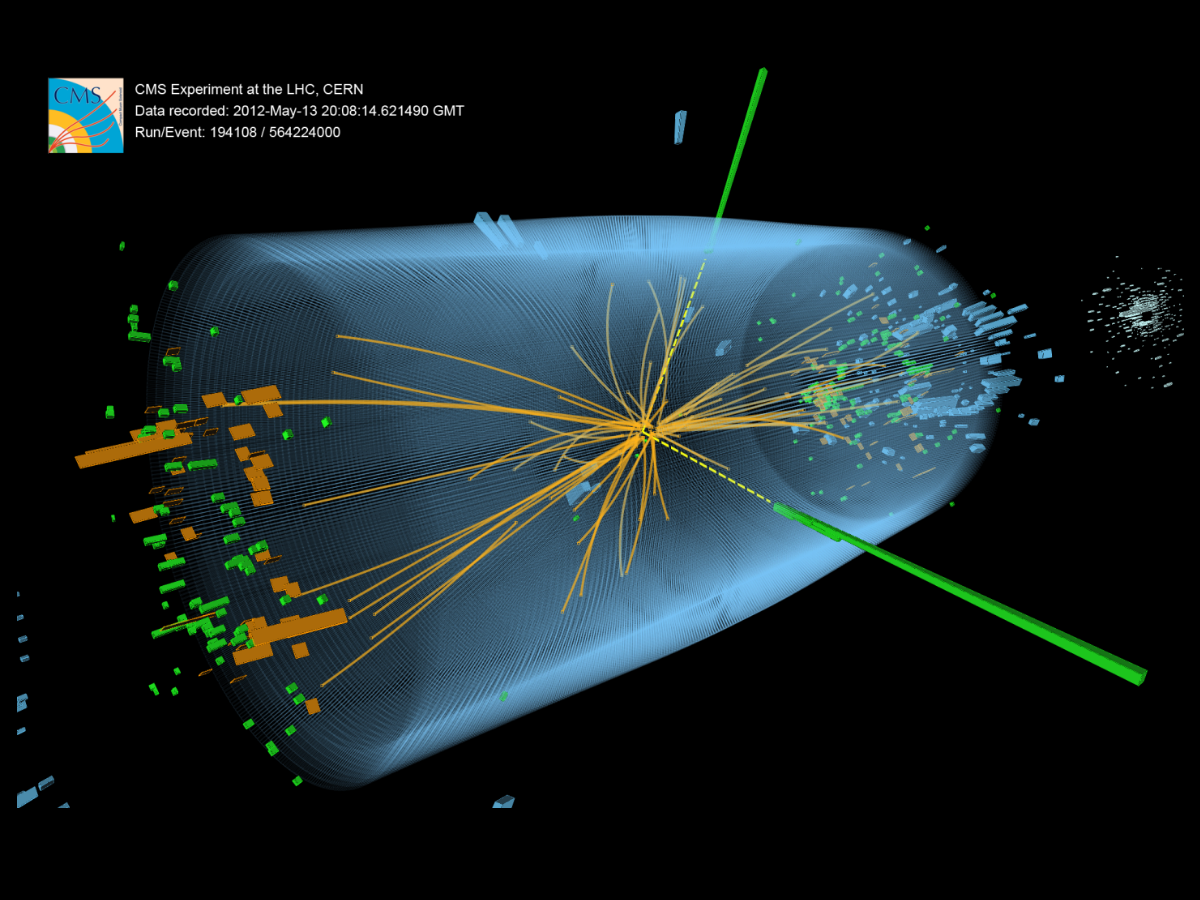When you have a detailed understanding of the world around you, surviving in it becomes easier. Physics began through the simple observations of natural phenomena. Of course, there was a need to explain these phenomena to understand them fully. This led to the development of certain laws that eventually became the foundations of modern physics.
In order to record the fascinating things happening in nature and describe it later, physicists needed to be alert. All the great physicists have the alertness and passion to discover new phenomena. Such individuals are often more capable than others in understanding the world in terms of its make-up. The more exceptional among them become visionaries and agents of social change on the planet.
Let’s take Nikola Tesla as an example here. His contributions in the field of physics was extremely beneficial to humans and their social progress. The principles detailed in his scientific works are now used in many of the modern power systems.
How physicists change the world
The world that we live in today is extremely complex. There are several constraints in it to deal with. A physicist often has to make a choice whether to work within such constraints or to surpass them. The closed systems have limited or no interactions with many of the other systems. Applied physicists focus more on the optimization of outcomes but they need the theoretical framework for the purpose of analysis.
This has always come from the fundamental laws that physics offer. Having the knowledge of these laws help physicists in many ways. One of them is exercising control while creating new devices and materials that affect human life directly. An understanding of the fundamental laws of physics also helps them in pushing the boundaries.
One such physicist who pushed the boundaries was Sergey Korolev. When many were saying that sky is the limit, he showed that space flight was possible. He served as an inspiration for generations of scientists who wanted to travel to distant planets.
The future of physics
At some point, you might’ve wondered what’s the future of physics. Well, many physicists believe that multi-disciplinary research is the best way to move forward. Over the years, physics has become a multi-disciplinary science itself. You’ve got many examples that are testimony to this fact. Some of them are biophysics, mathematical physics, and chemical physics.
So, physicists can approach a variety of problems from multiple directions today. Even you can do wonders with a fundamental knowledge of physics, a few gadgets, and the internet. Physicists excel at thinking outside the box. Such an approach is helpful especially when faced with the real-world problems.
This is how Paul Dirac came up with predictions about the existence of antielectrons in 1928. Later, the antielectrons were discovered as particles and were called positrons. He didn’t discard the solutions that deviated from the conventional approach towards understanding matter.
Dirac was not like many others solving the Schrodinger equation who ignore the solutions hinting at deviations from conventions. Today, you can find Dirac’s portrait in Skoltech’s Nuclear Science and Technology cluster. It reminds scores of people about the value of thinking outside the box.





